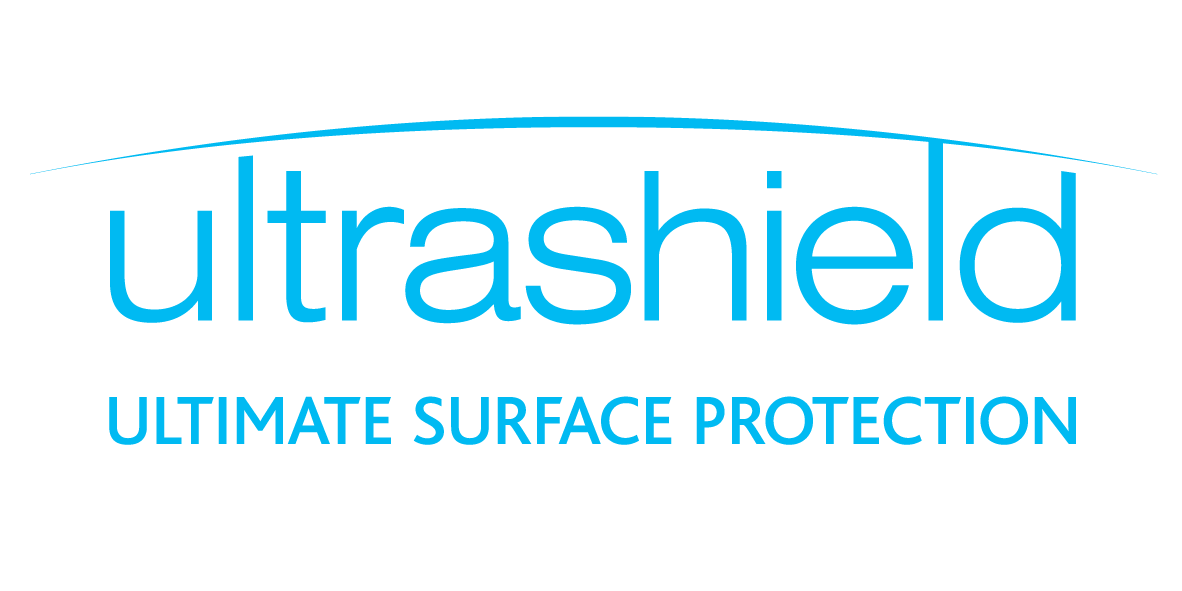Surface Protection Explained
Although glass, metal and concrete materials can withstand a lot of pressure, they are still subject to deterioration due to constant wear and tear. The environment to which the materials are exposed can also speed up the degradation process. For example, metal structures near the ocean rust more easily due to exposure to salty air. Materials with heavy operational requirements are also prone to cracks, scratches and all sorts of surface damage.
That said, material degradation can be managed, slowed or even halted by applying some kind of surface protection.
In essence, surface protection is the method of modifying and improving the surface properties of materials to enhance functional performance and durability. Besides protecting the surface against aggressive environments or demanding contact conditions, surface protection is also applied for decoration purposes.
Other benefits of applying surface protection are:
Increased longevity
Reduced maintenance costs of structure
Higher resale value
What is a Surface Coating?
Surface coating is any substance or mixture of film-forming materials applied to other materials to change the surface properties (i.e. colour, gloss, permeability, resistance to wear or chemical attack) without changing the bulk properties.
Paints, varnishes, enamels, waxes, oils, greases, lacquers, metal coatings, powder coatings and fire-retardant formulations are all kinds of surface coating materials. Typically, the kind of coating you will need depends on the type of surface you are treating and the application of the material being treated (i.e. residential, commercial or industrial).
For example, a liquid base will work well for wood decks and concrete garage floors, while a powder coating works better for metal structures and automobiles.
We’ll talk more about protecting glass surfaces.
Glass Surface Protection
Traditionally, glass is coated with a film or chemical coat that covers the surface structure of the glass. However, these coatings don’t make the glass completely impermeable so grime, stains and mineral deposits can still form on the surface (although at a slower rate).
Today, we now an advanced nanotechnology treatment based on colloidal solid-gel solution that follows the contour of the glass surface at the nanometre level.
When applied to glass, the solution self-assembles into an ultra-thin, invisible monolayer structure over the surface, giving the glass hydrophobic (water-repellent) property. The gel is either sprayed or wiped over the glass surface, and when the carrier liquid evaporates, the solid protective materials bond to the surface. This new nanosurface layer cannot be removed by water, cleaning products or even with high-pressure equipment. It essentially makes the glass more durable and keeps it looking new even with minimal maintenance.
This glass protection solution has a multitude of benefits:
Ease of application
Invisible, durable protection
Cost effective
Fast curing
Scratch resistance
Very low maintenance
Some kind of preparation is required to ensure the surface is completely free of grease, dust and any other contaminants. If your glass shower doors have been used for a while, chances are there’s already an accumulation of soap scum and stains. This is why this treatment is best applied by professionals who will firstly clean and/or restore the surface so that it will look its best once the treatment is applied.
If you need this kind of treatment for your glass features at home


